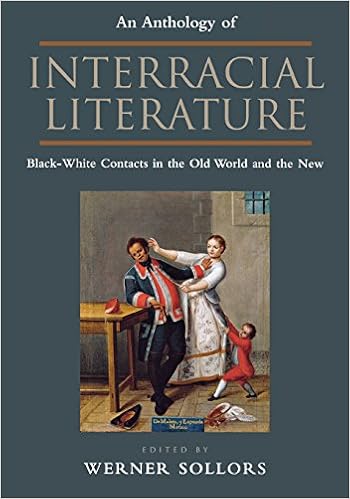Blinded By the Light; But Now I See (Book Review)Posted in Articles, Book/Video Reviews, Law, Media Archive on 2010-08-12 02:41Z by Steven |
Blinded By the Light; But Now I See
Western New England Law Review
Western New England College
Volume 20, Issue 2 (1998)
pages 491-504
Leonard M. Baynes, Professor of Law and Inaugural Director of The Ronald H. Brown Center for Civil Rights and Economic Development
St. Johns University
Introduction
In the United States, interracial discrimination is considered the norm. The use of the word “discrimination” brings to mind George Wallace standing in the doorway of the University of Alabama [in 1963] to bar the entry of African American students. It brings to mind slavery. After all, we ostensibly fought the Civil War over slavery and the right to hold Black people as slaves. White against-Black discrimination occupies an almost sacred historical position in our society.
Today, discrimination often comes in more subtle forms, and, of course, White people now claim that they are victims of so-called “reverse discrimination.” Racial discrimination by Whites against Blacks is not the exclusive discrimination paradigm. African American society has its own internal form of discrimination—often light against dark—which sadly was modeled on the White—against-Black paradigm. It was not uncommon for very light-skinned Blacks (sometimes nicknamed the blue vein society because their veins could be seen through their skin) to exclude dark-skinned Blacks from their clubs and activities based on skin color. Other organizations would discriminate based on whether a person’s skin color was lighter than a brown paper bag. Many of these organizations have changed and now include African Americans of a wide rainbow of colors.
These days, discrimination in the African American community is often dual-sided-light versus dark and dark versus light. Spike Lee, in the film School Daze, which takes place on an all Black college campus, underscores this duality and divides the students into two groups: (1) the wannabees (more often light-skinned, and middle class) who are members of fraternities and sororities and (2) the jigaboos (more often dark-skinned, and from lower economic backgrounds) who are often members of Black militant groups. In the film, it was evident that the two groups despised and intimidated each other.
For many Blacks, discussion of this internal discrimination is still a taboo subject. It is understood, but rarely discussed or investigated. But recently, critical race theorists have begun to examine the complex foundation and mechanisms of color-based discrimination. Professor Judy Scales-Trent of State University of New York at Buffalo is the author of the book entitled Notes of a White Black Woman: Race, Color, Community, and Dean Gregory Howard Williams, dean of the Ohio State University College of Law, is the author of the book entitled Life on the Color Line: The True Story of a White Boy Who Discovered He Was Black. Both books are exceptional personal narratives, which allow the reader to examine first-hand, incidents and introspection surrounding color-based discrimination in the United States. Both authors describe many experiences of discrimination that they have encountered within the African American community, as well as by Whites.
Many African Americans are dark enough so that racial recognition is never at issue. Many who are very easily recognized as Black often wonder what it would be like to be so light. Both Scales-Trent and Williams answer that question. They both highlight those unique issues that they encounter as light-skinned African Americans who are so light that they cannot easily be racialized. Both authors contribute to the color analysis by challenging our historical conceptions of race, identity, and racial solidarity. Ultimately, they help us to better understand and address how they have encountered discrimination by both sides. It is also very important to point out that both of these people could have passed as White if they wanted to, but they did not. They chose to stay Black and be involved in the African American community.
In this Book Review, I discuss the law regarding intra-race discrimination based on color. I then discuss excerpts from the books of Professor Scales-Trent and Dean Williams, concluding that it is sometimes difficult to be an African American who is too light…
Read the entire article here.

